“I don’t … paint flowers. Other people can do that,” said artist Bunky Echo-Hawk during his recent visit to Rollins. “You can paint feathers and beads and a defeated Indian in the sunset, but it doesn’t mean a whole lot. The route I’m choosing to take is not as in-your-face. When people look at my art, they will consider who I am and where I am from.”
Echo-Hawk, whose socially relevant art has been widely acclaimed, spoke with passion to a crowd of Rollins and Winter Park community members about his training at the Institute of American Indian Arts and his wide-spanning artistic career to date. He took part in two events at Rollins as part of the Thomas P. Johnson Distinguished Visiting Artist series; on Wednesday, Feb. 29, he led a lecture and live art demonstration and auction, proceeds of which will benefit Rollins’ Lucy Cross Center for Women and Their Allies.
Office of Multicultural Affairs (OMA) intern Sonia Minors ‘12 introduced Echo-Hawk and indicated that the audience was in for a positive, interactive presentation. The event was sponsored by the Cornell Fine Arts Museum, the Diversity Advisory Council, OMA and the Critical Media & Cultural Studies department.
In addition to relaying his life experiences and artistic background, Echo-Hawk explained his engrained drive to give back and to tell a story. “When one of us [a Native-American] makes it, we turn around and bring our people behind us to stand with us. A level of activism is engrained within them, an obligation as a Native person.”
Inspired by the enormous amount of work to be done and the proactive approach his audience members take within their communities, Echo-Hawk focused on his favorite medium, live art. The pieces are expressive, never planned, and content is chosen by audience consensus.
With a renewed sense of participative drive, audience members relayed the most pressing issues faced by Rollins College. Viewing it as their opportunity to make a statement to the world, responses included skewed perceptions of the college by outside community, negative views of feminism, women’s health care concerns and safety, etc. With eager discussion, it was determined that the issue to be represented by the painting was the “Rollins College Country Club” stereotype.
Echo-Hawk encouraged audience participation by requesting descriptions of country clubs as a means to evoke a starting image. Golfing, tennis, a polo player on a horse, a certain level of dress, argyle, green grass and blue sky were all mentioned. As Echo-Hawk created art, he invited attendees to take the microphone and share their personal stories of stereotypes and offer a short declaration of what they intended to do to change stereotypes. Heartfelt, honest responses ranged from a comment being made about a student’s hair and the realization she was the only African-American student in the course she was taking, to comments revealing that some students played into the very stereotype chosen for the painting. A part-Native American woman shared her experience of pulling onto campus and feeling uncomfortable asking questions to those who passed by. Positive input was supplied by other community members who had lived in Winter Park for 25 years. Maureen Shaffer, a longtime Winter Park resident, encouraged audience members by recalling that the once elitist white community has evolved into “the rainbow of colors that you see here. You are changing and you are guiding the change of Winter Park. It just takes time.”
The final piece, titled “Lucy—I’m Home!” was described by Echo-Hawk as “a person of color holding a golf ball symbolizing an upper class, all-white country club.” Within the golf ball sits the word “fore” meaning “look out, but look forward.” Humor can be found in the title’s connection to the American television sitcom series I Love Lucy but with a distinct nod to the Lucy Cross Center for Women and Their Allies. Auctioned off to an Echo-Hawk collector, the painting raised a significant amount: $325.
While many plights still face the Native-American people, Bunky Echo-Hawk masterfully demonstrates the Social Change Model of Leadership’s ability to create change through responsible community connection. Using his “choice of weapons”: paints, brushes, canvas, mind and culture, he travels nationally and internationally to provoke meaningful dialogue.
A final parting thought from Echo-Hawk to the Rollins community: “You are a community here at Rollins. It is an opportunity to stand against stereotypes. Use it.”
Interested in more information about the Bunky Echo-Hawk lecture as well as pictures? Check out this article by Adrienne Barton.

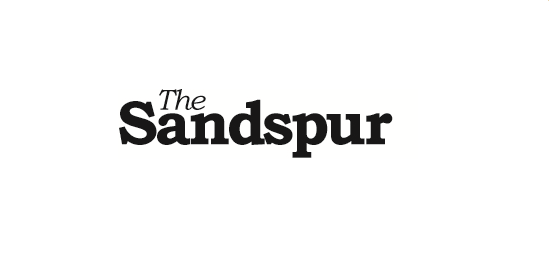
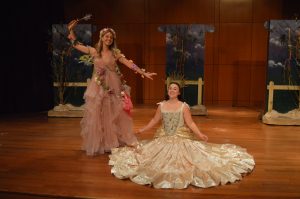

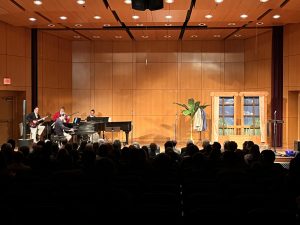

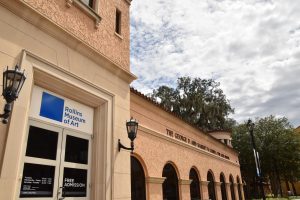
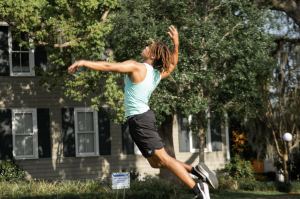
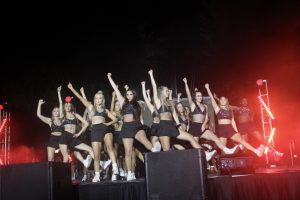

Be First to Comment